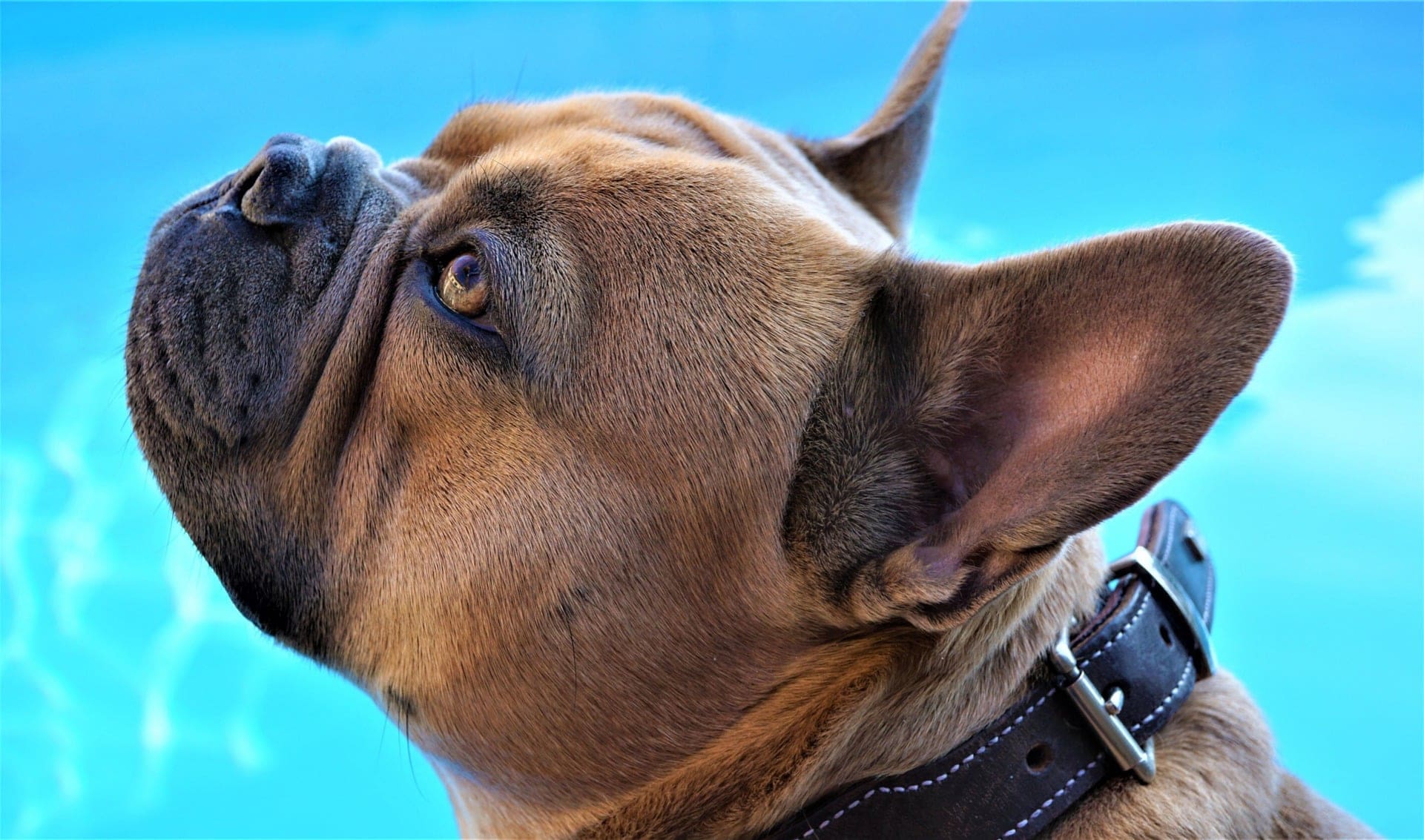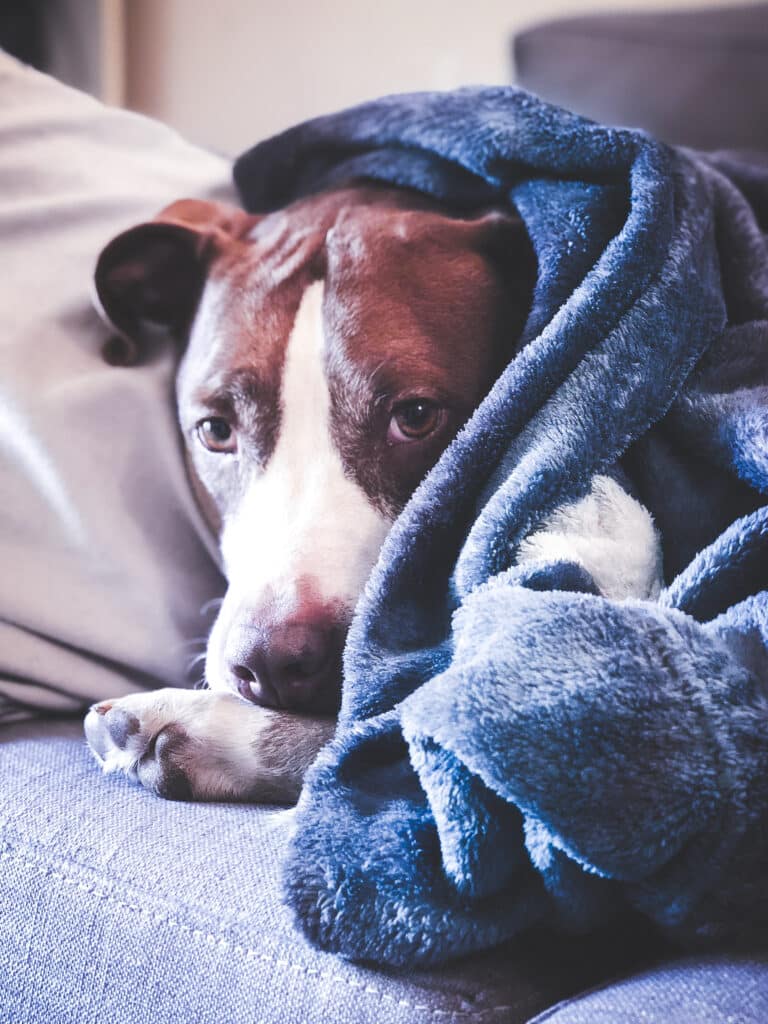Dogs’ ears yeast infection
Dogs ear yeast infection, also known as otitis externa, is a common but painful problem for dogs. A dog's ears are particularly susceptible to infection due to their anatomy and the environment in which they live.
Causes of dogs ear yeast infections may include moist and dark environments, underlying medical conditions, or even using cotton balls or other materials that can damage the delicate tissue inside a dog's ear.
This blog post will dive into the symptoms, diagnosis, treatments, and prevention methods for this particular type of infection in order to help keep your pet happier and healthier.
Definition of Dogs Ear Yeast Infection
Does your pup or pet suffer from recurrent dogs ear yeast infections? This could mean their delicate balance of good and bad bacteria has been disrupted. When this happens, it can cause an overgrowth of yeast which is the root cause for infections like these in pets.
Having your pup suffer from ear infections can be heart-breaking, yet recognizing the potential causes and being able to detect early signs is paramount for providing a better chance of quick treatment. Being aware will not only help you heal them faster, but also keep their surroundings healthy for your beloved pet!
If your ears are displaying persistent itching, head shaking, swelling and/or pus discharge then you could be experiencing an ear yeast infection. These conditions tend to arise when there is moisture build-up in a warm environment – providing the perfect atmosphere for yeast cells to rapidly proliferate. Take care not to let these infections take hold; prompt action is typically more successful at resolving them than waiting too long.

If your ears are displaying persistent itching, head shaking, swelling and/or pus discharge then you could be experiencing a dogs ear yeast infection situation. These conditions tend to arise when there is moisture build-up in a warm environment – providing the perfect atmosphere for yeast cells to rapidly proliferate. Take care not to let these infections take hold; prompt action is typically more successful at resolving them than waiting too long.
Those adorably floppy ears can be a problem for your pup, as their design traps air and creates an ideal environment for fungus to grow in. As if that wasn't enough, bacteria or food allergies may also disrupt the immune system of your pooch thereby increasing their risk of developing yeast infections within those big lugging flaps!
In addition, anything that could potentially harm the fragile tissue of a dog's ear should be handled with extra caution. If you observe any signs or symptoms associated with an infection in your pup's ears, don't hesitate to go see a vet for proper treatment–this will guarantee that your beloved pet remains happy and healthy!
Before using any over-the-counter product to soothe irritation, it is wise to first seek medical guidance. That way, you can guarantee that the chosen remedy will deliver optimal results while considering potential risks and avoiding adverse reactions or more serious health concerns.
Furthermore, consistent cleaning with medicinal solutions or specially formulated wipes for a dog's ears can reduce the risk of infection over time and it is recommended to have regular check-ups to detect any problems early on and provide appropriate treatments.
By adhering to these simple steps, you can ensure that your beloved family pet receives the proper attention and care they deserve!
Causes of Dogs Ear Yeast Infections in Dogs
These types of infections occur when the balance of good and bad bacteria, in your pup's ears, is disrupted resulting in an overgrowth of yeast that causes inflammation and irritation in the ear canal. While these infections can be uncomfortable for your pup and lead to long-term issues with hearing, understanding the causes of this condition can help you prevent it from occurring again in the future.
One of the most prevalent causes of dogs ear yeast infection is moisture from bathing or swimming combined with warm temperatures providing an ideal environment for proliferation of yeast cells. In fact, floppy ears such as those found on a Cocker Spaniel may increase the chances of this kind of infection due to poor air circulation leading to a moist environment more conducive to fungal growth.
Additionally, any debris stuck within your dog's ear can put its delicate tissue at risk while cotton balls and other materials that irritate sensitive inner layers should be avoided at all costs.
It may also be possible that an underlying medical condition such as food allergies or bacterial infection can cause changes in your pup’s immune system leading to an imbalance in beneficial bacteria making them more susceptible to ear infections caused by yeast overgrowth. Furthermore, skin folds near a dog's ears such as those seen on breeds like poodles may trap dirt and moisture creating a welcoming environment for fungi to develop.

Overall, understanding what causes dogs ear yeast infections is key when it comes to prevention. By recognizing symptoms early on such as intense itching, redness, or discharge from the affected area you may be able to catch the issue before it turns into a long term problem for your pet.
Regular cleaning with medicated solutions or wipes designed specifically for Dog’s ears and a dog’s skin combined with regular checks are recommended so you can ensure proper hygiene is being maintained and provide timely care if necessary!
Diagnosis of Dogs Ear Yeast Infection in Dogs
These types of infections occur when the balance of good and bad bacteria, in a dog's ears, is disrupted resulting in an overgrowth of yeast that causes inflammation and irritation in the ear canal.
While treatment is available for these kinds of infections it can be difficult to determine if this is the root cause without performing proper diagnosis. Symptoms such as intense itching, head shaking, or redness can all point towards this type of infection, but other skin conditions can also exhibit similar symptoms.
One way to identify if a pup has an ear yeast infection is to take a closer look at the affected area using either an otoscope or magnification lens to check for signs of irritation or debris stuck within its delicate ear canal tissue. Additionally, swab samples taken from the infected area can provide useful information regarding which bacteria is causing problems so that proper treatment can begin immediately.
It may also be possible that allergies -either environmental or food- related – are increasing chances of experiencing this kind of infection due to changes in your pup’s immune system making them more susceptible to fungal overgrowth.
As such, if you suspect that your pup may have dogs ear yeast infection it is important to make sure any underlying allergens are identified prior to commencing with treatment options as this may resolve some issues on its own.
The best thing you can do for your pet when dealing with an ear infection caused by yeast is to visit your vet for professional advice and immediate relief. A vet will be able to provide appropriate remedies depending on what type of fungus was identified while recommendations regarding regular cleaning with ear cleaner combined with weekly checks should also be taken into consideration in order to reduce chances of further infections down the line!
Treatments for Dogs Ear Yeast Infections in Dogs
Common treatments used to tackle ear yeast infections include anti-fungal products in topical creams or drops that should be applied directly into the affected area as directed by your vet. Additionally, antibiotics may also be prescribed when needed while antifungal shampoos can also be used if needed.
If your pup is experiencing intense itching due to excess wax production, then medicated wipes specifically designed for Dogs' ears can help ensure proper hygiene between visits and reduce chances of infection reoccurring in future.

Last but not least, in order to prevent future issues from arising it is important to pay attention to underlying conditions that may contribute towards inner ear skin problems such as food allergies or bacterial infection so that any changes in immune system can be detected early on before they become long term problems for your pup!
Prevention Methods for Dogs Ear Yeast Infections in Dogs
Preventing yeast ear infection in dogs is possible with a few simple guidelines. As owners, it is important to be familiar with the symptoms in order to provide prompt treatment. Signs of this type of infection include intense itching, head shaking or redness in your pup's ears.
By keeping an eye on these warning signs, pet owners can ensure that canine companions are provided with necessary care as quickly as possible in order to reduce irritation and discomfort. Additionally, weekly checks for any debris or dirt accumulation within the delicate ear canal tissue should also become part of your grooming routine and should be undertaken before applying any topical medications as advised by your vet.
Doing so will help to keep dirt from getting stuck and causing further complications down the line as well as aid in identifying any underlying issues such as ear mites which may require additional treatments.
Of course, proper hygiene routines also play an important role when it comes to preventing recurring infections caused by yeasts found in Dog's ears. To do this one must use either cotton balls or gauzes with a specific cleaning solution created specifically for Dogs' ears and clean the area carefully ensuring that all wax build up is removed between visits to your vet.
This step can prove to be extremely beneficial for those pups who suffer from heavy wax production due to genetic conditions or allergies, resulting in improved hygiene overall! Last but not least, if you suspect that there may be an underlying food related allergy or medical condition causing these types of infections taking appropriate measures early on can work wonders for providing long term relief whilst reducing any potential damage done by reoccurring flare-ups.
What are the most common symptoms of dog ear yeast infections?
Common symptoms associated with yeast ear infections in dogs include intense itching, head shaking or redness within the ear canal. If any of these signs are present it is best to consult a professional vet as soon as possible.
Which type of treatments are effective for treating dog ear infections?
Treatments used to tackle this issue can vary depending on the severity and underlying cause but commonly include anti-fungal products in topical creams or drops applied directly into the affected area using a cotton ball under professional guidance. Additionally, antibiotics may also be prescribed when needed while antifungal shampoos and medicated wipes specifically designed for Dogs' ears can also be used if needed.
What breeds of Dogs are more prone to developing this type of infection?
While any breed can develop an ear yeast infection, certain dog breeds including Cocker Spaniels due do their long pendulous ears seem to be more prone to suffer from recurring flare-ups caused by environmental allergies or poor hygiene routines.
What is the best way to prevent future issues from arising in my dog's ear canal?
The best way to reduce chances of a reoccurring yeast infection is by introducing weekly checks for all dog owners, looking for symptoms of a yeast infection or dirt accumulation in dog ears prior to applying any topical medications and keeping an eye out for underlying conditions that may contribute towards inner ear skin problems such as food allergies or bacterial infection. This will help ensure proper hygiene between visits and keep your pup healthy!
How do pet parents ensure an accurate diagnosis of their pet's ear yeast infection prior to undertaking effective treatments?
Pet parents should visit a professional vet to ensure an accurate diagnosis of your pet. The vet will assess the symptoms and provide medical advice as well as treatment tailored specifically for your dog. Vets will also safeguard against any possible allergic reaction and discuss allergy medications if required. It is essential to prevent against secondary infections.
Are there certain breeds more susceptible to developing this type of infection?
Yes, certain breeds such as the Basset Hound due to their long ears are more prone to suffering from recurrent flare-ups caused by environmental allergies or poor hygiene practices. Additionally, dogs that produce more wax in their ears than normal due to genetic conditions or allergies may also be more likely to experience repeated issues of this kind.



